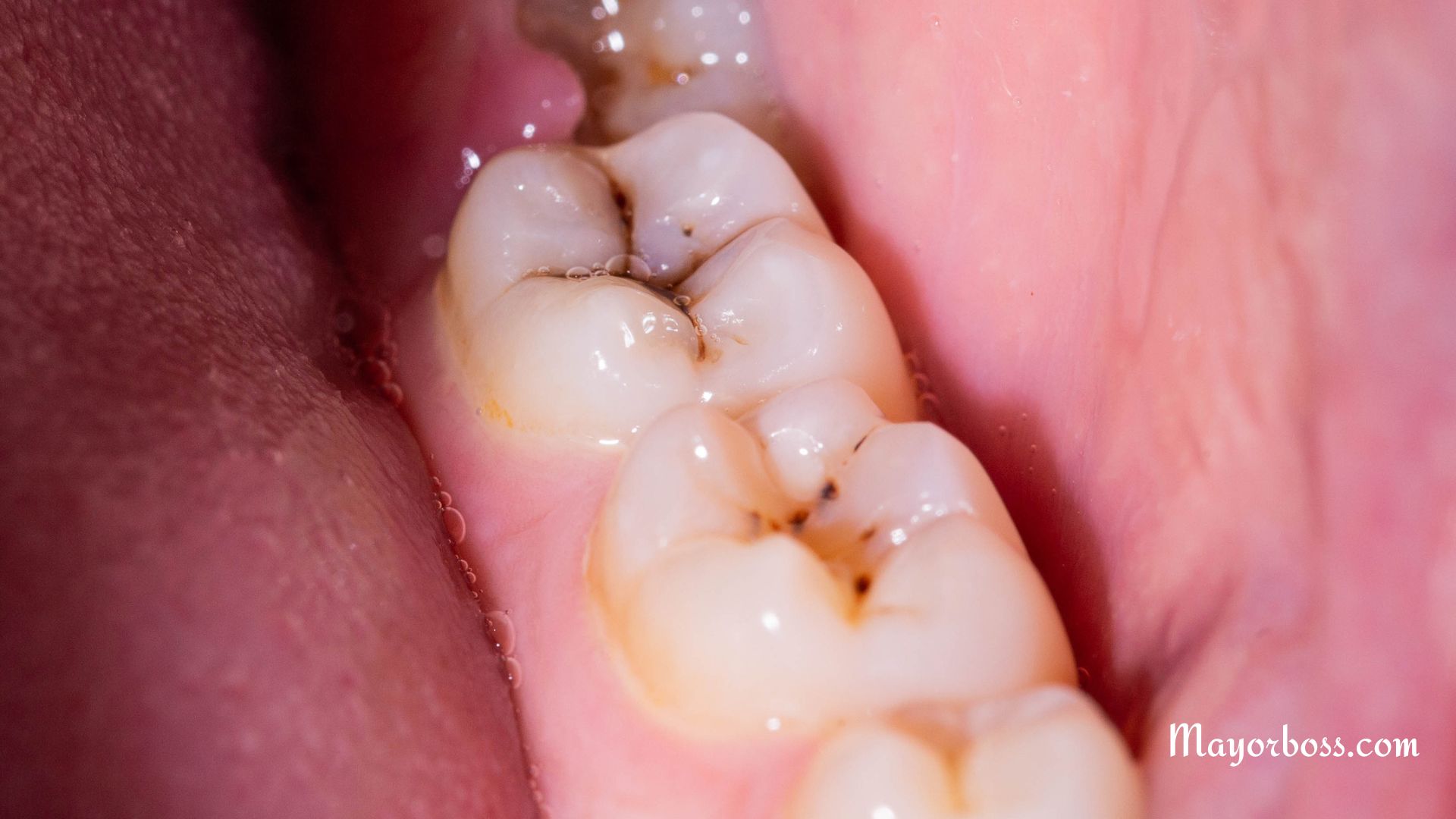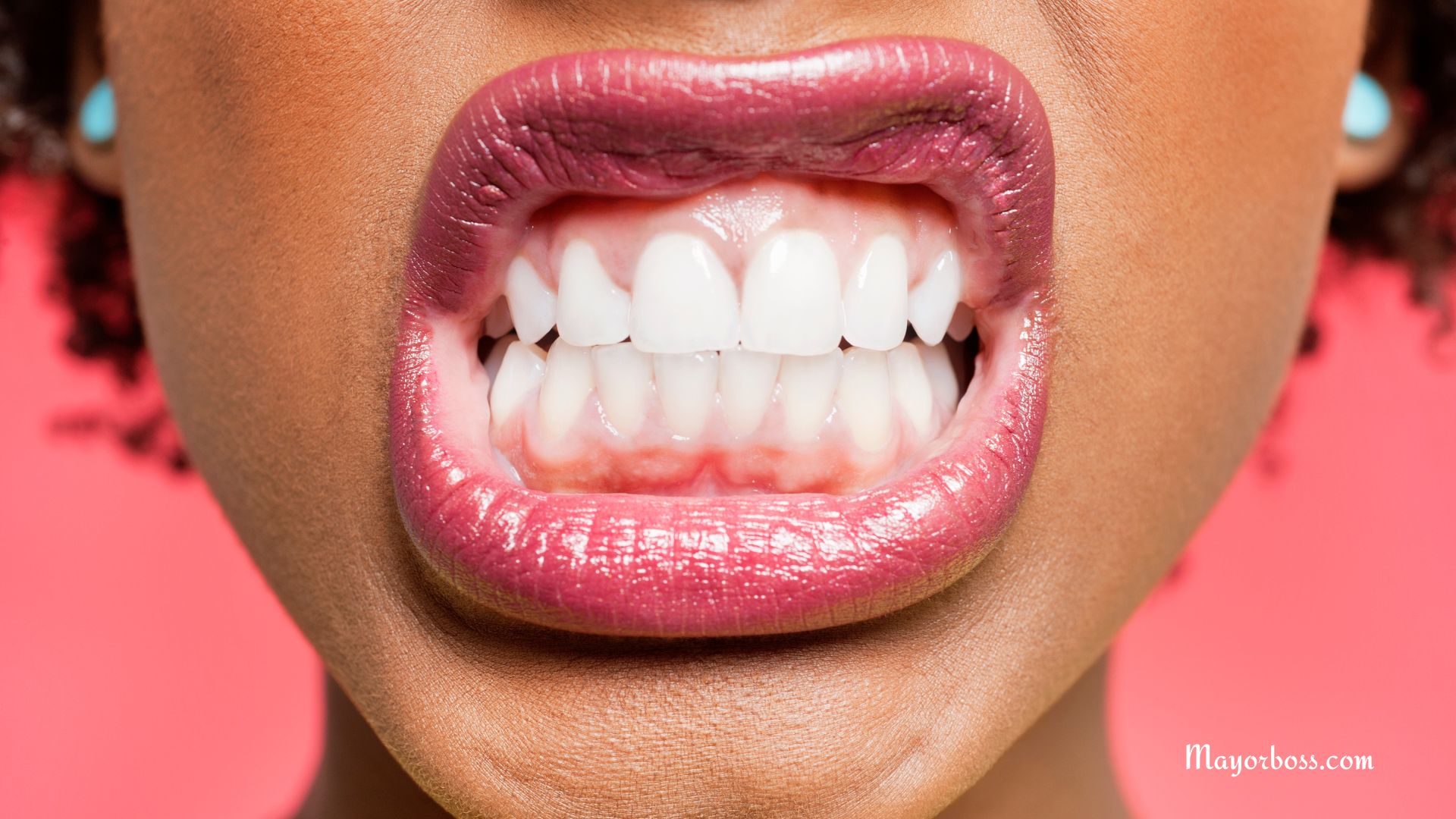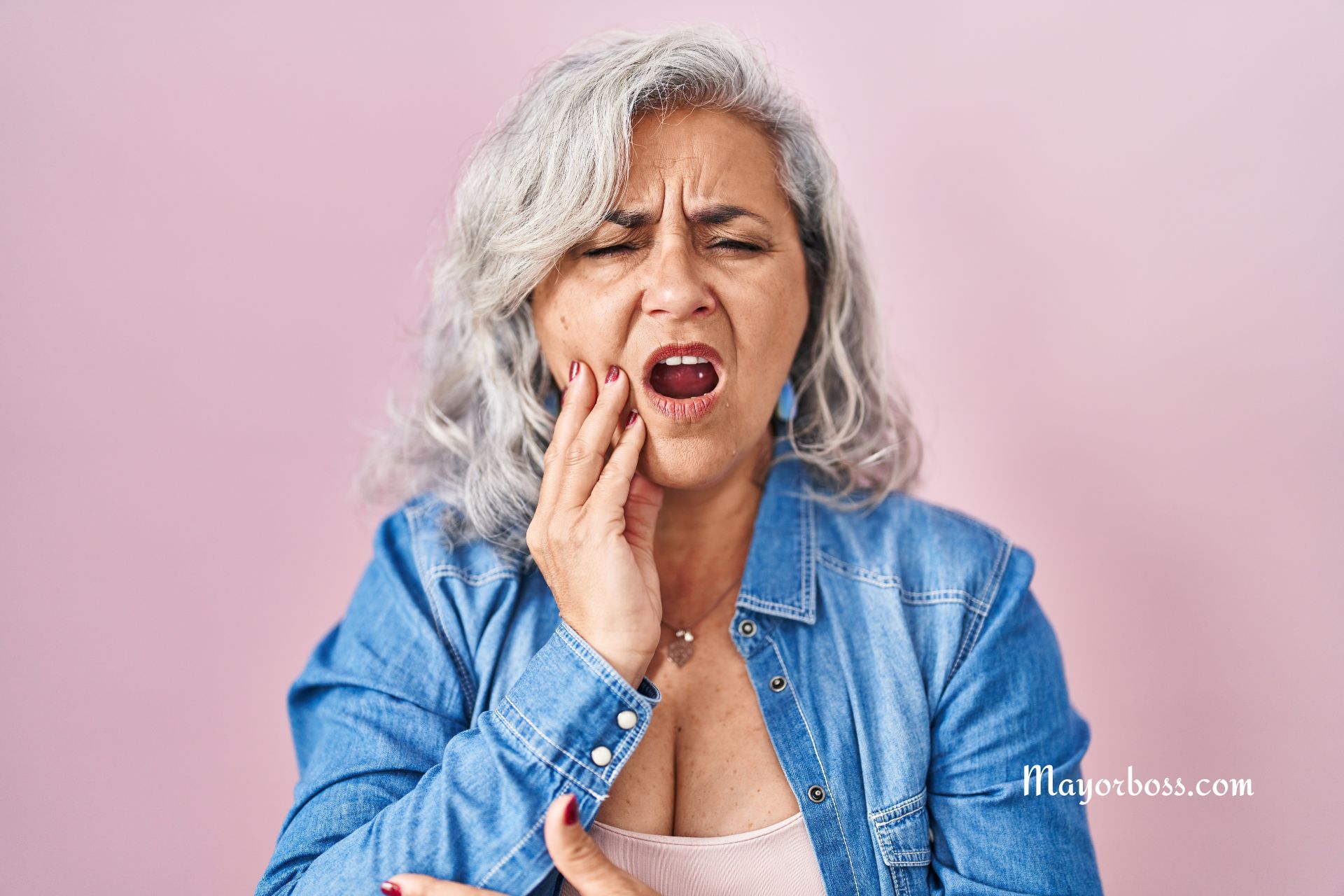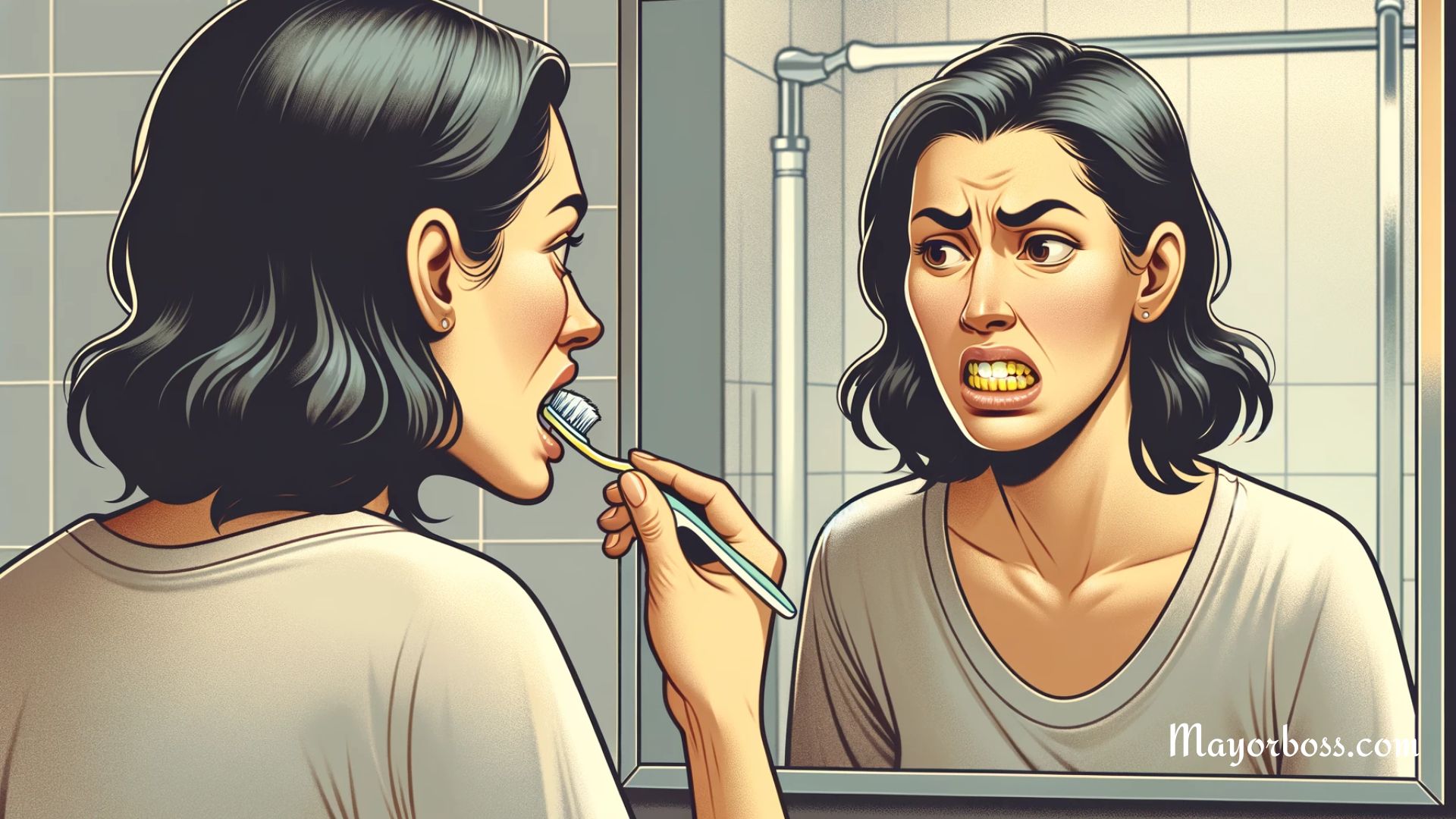What is Oral Thrush (And How Do You Treat It)?
What is Oral Thrush?
Oral thrush, another name for oral candidiasis, is a yeast infection that occurs in the mouth. Often characterized by creamy white lesions on the tongue and inner cheeks, it may also spread to the roof of your mouth, tonsils, and back of your throat.
According to NHS, oral thrush is usually harmless. While anyone can get oral thrush, infants, the elderly, and people with weakened immune systems are particularly susceptible.
In this article, we’ll discuss the causes, symptoms, prevention measures, and treatment options for oral thrush.
Causes and Risk Factors
Oral thrush happens when a type of yeast called Candida overgrows in the mouth. Under normal circumstances, our immune system keeps Candida and other microorganisms under control. However, certain factors may disturb this balance and cause Candida to multiply, resulting in oral thrush.
Dr. Natalia Hapych explains, “The imbalance can be triggered by a variety of factors such as medications like corticosteroids, antibiotics, or conditions that weaken the immune system like HIV, diabetes, and cancer treatments. Age is another crucial factor, with very young and older adults at a higher risk.”
Symptoms
Early detection of oral thrush is crucial for prompt treatment. Here are some symptoms you might experience:
- White, creamy lesions in your mouth, usually on your tongue or inner cheeks
- Loss of taste or an unpleasant taste in the mouth
- Pain in the mouth or throat
- Difficulty swallowing
- Feeling like cotton is stuck in your mouth
- Cracked skin at the corners of your mouth
“If you or your child display these symptoms, seek medical advice immediately,” advises Dr. Hapych.
How is Oral Thrush Diagnosed?
Oral thrush is usually diagnosed through a physical examination of the mouth. The doctor might take a small sample of the mouth’s lining for laboratory testing. Dr. Hapych explains, “A lab test can help determine whether Candida is causing your symptoms and rule out other potential causes.”
Treatment
The primary treatment for oral thrush is an antifungal medication, available in various forms like lozenges, tablets, or a liquid that you swish in your mouth and swallow.
“In mild cases of oral thrush, topical medications are usually sufficient,” says Dr. Hapych. “However, for more severe cases or in people with a weakened immune system, systemic medications may be necessary.”
Additionally, if you have an underlying condition contributing to oral thrush, like diabetes or dry mouth, managing that condition may help alleviate your symptoms.
Prevention
Preventing oral thrush involves maintaining good oral hygiene and taking steps to limit the risk of Candida overgrowth. Dr. Hapych suggests the following steps:
- Brush your teeth at least twice a day and floss regularly.
- If you use a corticosteroid inhaler, rinse your mouth after each use.
- Regularly replace your toothbrush.
- Visit your dentist regularly for check-ups and cleanings.
- Control your blood sugar levels if you have diabetes.
If you wear dentures, Dr. Hapych recommends removing them every night and cleaning them thoroughly before reusing them.
The Bottom Line
Oral thrush is a common condition, especially among those with a weakened immune system. Recognizing the symptoms and seeking prompt medical attention can help ensure effective treatment. And while the condition is treatable, good oral hygiene and healthy lifestyle habits can go a long way in preventing oral thrush.
Dr. Hapych sums it up, “Remember, prevention is always better than cure. Regular dental visits, good oral hygiene, and managing underlying health conditions can help prevent oral thrush.”
However, don’t hesitate to seek help if you suspect you have oral thrush.






